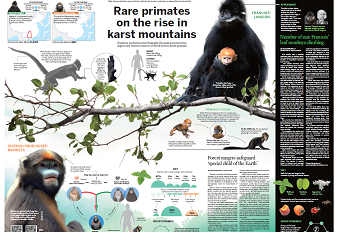Liquidambar oil-dyed items: 'Blue-and-white porcelains painted on cloth'
According to legend, a young woman, who lived in a Buyi village in Guizhou, wove cloth under an old Chinese Sweet Gum Tree on a clear day. Suddenly, drops of tree oil dipped on the cloth. The oil left marks on the cloth. She tried to remove the marks by dyeing the cloth indigo. To her surprise, the marks turned into white plum flowers after she washed her skirt with boiling water. As the woman's story was spread far and wide, many Buyi people considered the formation of the beautiful patterns (on the cloth) as an act of providence.
Ran, a native of Huishui, has devoted much effort to studying and saving the craft during the past several years. In September 2000, a short time after she graduated from the department of fine arts, under Qiannan Normal University for Nationalities (in Duyun, a city in Guizhou), Ran began teaching fine arts at Lushan (a town in Huishui) Middle School.
In 2015, Ran returned home to start her own business. Within two years, she established Guizhou Jinzhige Culture Development Co., Ltd., which is dedicated to promoting the sustainable, environmentally friendly lifestyle (of using Liquidambar oil-dyed items) among Buyi people, and to promoting their traditional culture. Ran experienced numerous difficulties and setbacks during the first year after she established Jinzhige. Despite the difficulties, she and her employees carried on.
When asked about her feelings about running the business, Ran said although she had a hard time rationally allocating manpower and financial resources, to promote the development of her enterprise, she believed all of her efforts had been worthwhile.
Ran and her employees wanted to use traditional methods to make Liquidambar oil-dyed items, in an effort to inherit the traditional cultural heritage, and to promote development of the traditional craft. So, Ran led her employees in visiting many elderly craftspeople (in Guizhou), to learn about the craft. They also watched the craftspeople stew Liquidambar oil. The process took more than 10 hours. Through repeated experiments, Ran and her employees eventually learned how to adjust the ratio of the oil and butter, so craftspeople could use the mixture to create patterns on cloth.
During the past few years, Ran has led her employees in blazing new trails as they have created Liquidambar oil-dyed items. They have put a lot of effort into creating various cultural products (including clothes, handbags and shoes) with modern, fashionable elements. The products are of high artistic and practical value.
Ran and her employees during the past several years have helped many rural Buyi women, in their hometown, escape poverty by creating Liquidambar oil-dyed items. To cultivate more craftswomen, so they can earn money by creating the items, and to promote the development of the traditional craft, Ran's company has established bases (in several of Huishui's villages) to provide training to rural women, to help them improve their craft-making skills. The bases collect the items created by the women, and process the products before selling them. The products have sold well in many regions of the country.
To display the artistic charm of Liquidambar oil-dyed works, Ran during the past few years has participated in many entrepreneurship competitions and professional skills contests. She has received awards during many competitions.
"I'm pleased to share information about my cultural projects with the viewers (during the competitions), from different segments of society," says Ran.
Last year, Ran's art project, "Blue-and-White Porcelains Painted on Dyed Cloth," were featured at the national craft competition hosted by the Guangzhou Young Star Federation. Ran was more excited when a judge said he was about to make a special tour to Guizhou, to see whether Ran's project was feasible, so he could decide whether he would invest capital in the project.
Ran during the past few years has provided training to primary and middle school students (in Guizhou), to teach them how to make Liquidambar oil-dyed items. In November 2018, the Women's Federation of Qiannan Buyi and Miao Autonomous Prefecture (in Guizhou) organized an activity, during which Ran and her employees led students of Dujun No. 8 Primary School in painting well-known scenic spots and landmark buildings (in Duyun) on a 10-meter cloth. Under Ran's guidance, the cloth became a Liquidambar oil-dyed artwork. Ran and her employees also took the children's advice and created figurines of the Chinese zodiac (the 12 animals, which represent the 12 Earthly Branches, and which symbolize the years in which people are born).
In Ran's eyes, the process of creating Liquidambar oil-dyed items is most beautiful. Why? Through the process, one may perceive harmony between humans and nature. To help visitors better understand Buyi people's wisdom and their traditional culture, Ran provides services, so children, who visit her education base of the craft of creating Liquidambar oil-dyed items, may create the items with craftspeople's help. The children are delighted to display their works in the base.
In addition, Ran and her employees have conducted various activities, to help children better understand the beauty of both their hometown and Buyi people's traditional culture. "I hope, through the activities, we will sow the seeds of the dream of promoting our traditional culture in the children's hearts. Someday, the seeds will take root and grow into luxuriant trees bearing rich fruit," says Ran.
京ICP备13028878号-8







 Overview
Overview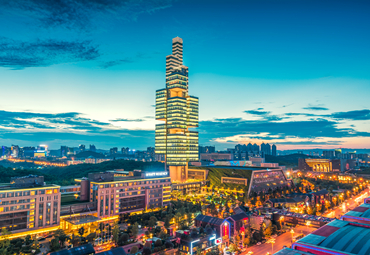 Guiyang
Guiyang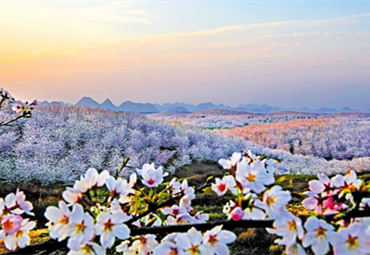 Guian New Area
Guian New Area Liupanshui
Liupanshui Anshun
Anshun Qianxinan
Qianxinan Qiandongnan
Qiandongnan Qiannan
Qiannan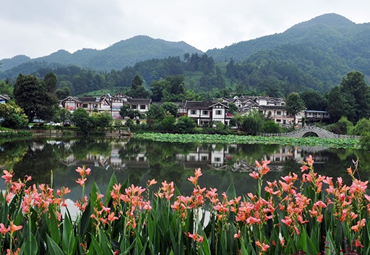 Zunyi
Zunyi Tongren
Tongren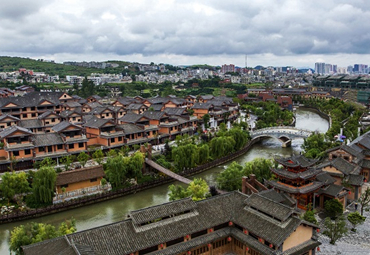 Bijie
Bijie Guizhou fosters cross-cultural bonds in Europe
Guizhou fosters cross-cultural bonds in Europe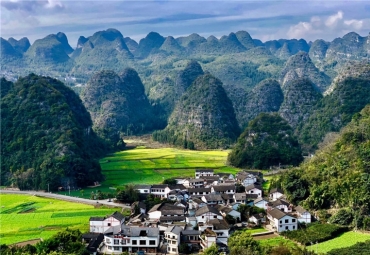 18th Guizhou Tourism Industry Development Conference
18th Guizhou Tourism Industry Development Conference 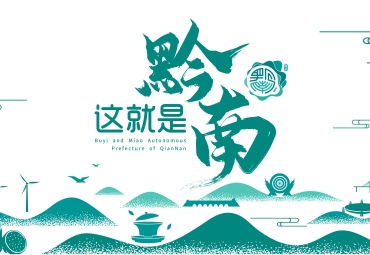 Discover natural beauty in Qiannan, Guizhou
Discover natural beauty in Qiannan, Guizhou 
